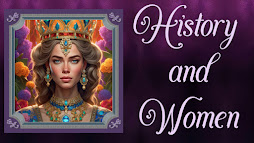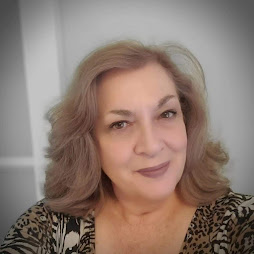17th Century
The First Women in the Theatre - Elizabeth Knepp (By author Deborah Swift)
Elizabeth Knepp (sometimes known as Mary Knepp)
was born Elizabeth Carpenter and records show she married Christopher Knepp, whom
Pepys calls a 'jockey' but was probably a horse dealer or horse hirer, at
Knightsbridge in 1659. I took the liberty of giving her the nickname ‘Bird’ in
the novel as she loved to sing, and there are so many other Marys and
Elizabeths in Pepys’ diary.
 |
| Beggars Opera |
There are 108 references
to Mrs Knepp in Pepys’ diary. Actresses in those days were always known as
‘Mrs’ whether they were single or married. In the seventeenth
century, status was always conferred on a woman by the man. Thus Pepys always refers
to his wife Elisabeth as ‘my wife’. Although this seems in our ears to diminish
her, in fact this is not an insult; it was designed to confer on her a status
not accorded to his servants who were referred to as Dolly, or Deb, or Jane.
The theatre was the one place where this did not hold sway – female actors were
always called ‘Mrs’ as a mark of respect.
Pepys
first met Elizabeth Knepp on 6th December 1665; and he described her as:
'pretty enough, but the most
excellent, mad-humoured thing, and sings the noblest that I ever heard in my
life.’
Christopher
Knepp, her husband, on the other hand, is described as:
‘an ill, melancholy, jealous-looking
fellow’.
So
grew the first inkling of a conflict I could use in my novel. Christopher Knepp
seemed to me the sort of man who would definitely not approve of his wife
taking to the stage!
Pepys had an absolute passion for the theatre,
and his diary for 1666-68 is full of references to the theatre and particularly
to Mrs Knepp, including mentions of their amorous flirtations, and passages
about how much he enjoyed their musical evenings and especially her singing. My
impression from the diary is that they genuinely liked each other, and this was
one of the things that attracted me to writing about her.
 |
| Pepys |
The professional actress was a new phenomenon
in the 1660s. Up until the seventeenth century, women had no reflections of
themselves in entertainment; all female roles were played by boys. The first female on the English stage
was Margaret ‘Peg’ Hughes, who
played Desdemona in a production of Othello
in 1660. Only two months before, the role had been played by a boy, and
the thought of this upheaval in the theatre led me to create the character of
Stefan. Being an actress in this era was a way of both gaining and losing power
–a woman was able to behave on stage in a powerful way, but also women were
still seen as commodities; an attraction or novelty to please those that
mattered at the time, i.e men.
 |
| London 1660's |
In this period the theatre was one of the few ways for women to
transcend social boundaries. Through Pepys’ diaries we can witness Nell Gwynne,
rising through society from bawd’s daughter to mistress of a king. Evidence
shows Nell Gwynne certainly had a mind of her own and used her position on
stage to advance herself, and of course now she has achieved some sort of
national status. In Pepys' diary, Elizabeth Knepp is invited to musical soirées
with Pepys and his civil-servant friends. Being in the theatre conferred a
‘celebrity’ status not available to other women, and just as today, celebrities
were sought out by the upper echelons of society.
Elizabeth
Knepp played major and minor roles in a range of productions of the 1660s and
1670s, including the famous role of Lady Fidget in
Wycherley's The Country Wife at Drury
Lane in 1675.
Beyond the scope of my novel, she is thought to have been a mistress of Sir Charles Sedley, who was a notorious rake and libertine, part of the ‘Merry Gang’ gang of courtiers
which included the Earl of Rochester and Lord Buckhurst. She probably provided Pepys with backstage gossip and inside insights
into a world he was avid to know more about. She supplied him with the theatrical
and social gossip of the day, and when the theatres were closed down for the
plague, took part in evening entertainments alongside him, as an equal.
Deborah lives in North Lancashire on the edge of
the Lake District, a beautiful area made famous by the Romantic Poets such as
Wordsworth and Coleridge. In the past she used to work as a set and costume designer
for theatre and TV, so she enjoys the research aspect of creating historical
fiction, something she loved doing as a scenographer. Each book takes about six
months of research before she is ready to begin writing. More details of her research
and writing process can be found on her website. Deborah likes to write about
extraordinary characters set against the background of real historical events.
Deborah’s
Social Media links:
BUY THE BOOK





















Post a Comment
0 Comments